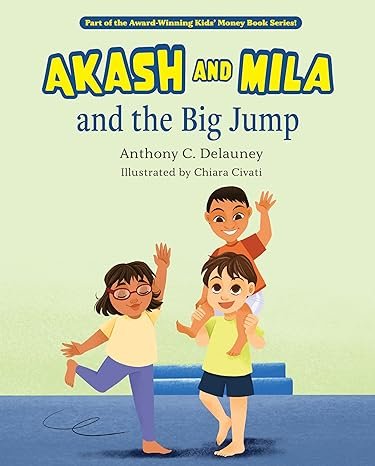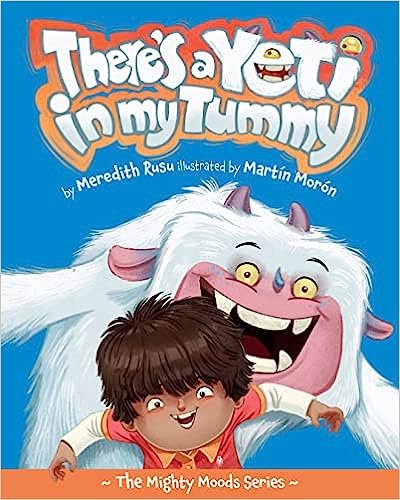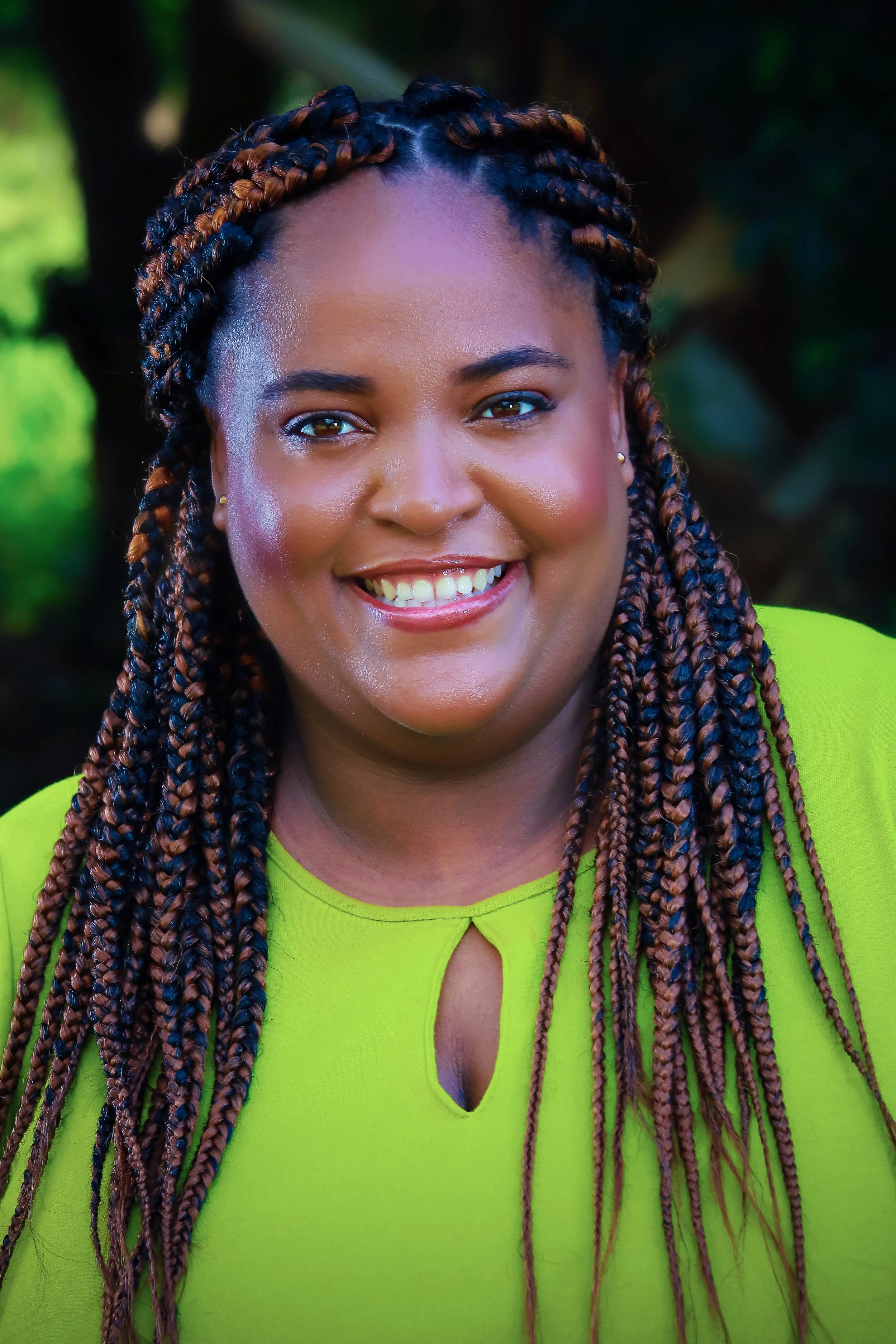A Romp Through the Deep South by Olivia deBelle Byrd
/I am a dyed-in-the-wool, unrepentant lover of short stories. In high school, I fell in love
with Kiss Me Again, Stranger, Daphne duMaurier’s outstanding collection of short stories. The last one in this collection, “No Motive,” is branded into my literary consciousness. Therefore, it is no surprise that the stories in my first book were so short they did not even qualify as short stories but rather anecdotes. My second book was less than 50,000 words; ergo, it did not qualify as a novel, rather a novella. I am a study of polar dichotomies. Inane details fuel my conversation until the listener is overcome with boredom. But when I put pen to paper, I get to the point. I have no idea why this is? But the result is two short, though very different, books—readable in an afternoon!
My first endeavor in the world of writing was Miss Hildreth Wore Brown—Anecdotes of a Southern Belle, which contains 41 humorous, satirical anecdotes of a romp through Southern life. I like to call it real-life fiction as all the people, places, and events are real, but, like all good Southern stories, healthy doses of exaggeration and embellishment have been added. The stories are punctuated with everyday mishaps that Southerners seem to have a knack for turning into entertainment. Because they are actual occurrences, the reader is drawn into the warmth and familiarity of the characters and their stories. The characters who dance across the pages range from Great-Aunt Lottie Mae, who is as “old-fashioned and opinionated as the day is long” to Mrs. Brewton, with her turban and dark sunglasses, who calls everyone “dahling,” whether they are darling or not. My readers tell me it is “a laugh-out-loud afternoon read of Southern comfort.” One of my more clever reviewers joined two of the anecdotes and entitled his review, “If you accidentally cross into Alabama, have clean underwear!”
But Southern humor can also be sweet and tender. You may want to pull out a Kleenex for my newest book, Save My Place, a sweet, old-fashioned love story set in the South during the 1960s and 70s against the backdrop of the Vietnam War. The story is a tender one of Elisabeth Belle Sterling and Kincaid Patterson, who confront a painful past, heart-searing separation, and the greatest of tragedies. But the biggest obstacle is the loss of faith that threatens to undermine all that they have. Through their faith and devotion, it is the story of two people who search deep within their souls to save each other. It is set in the 1960s and 70s because that was my “coming-of-age” era, and I have wonderful memories of those days. It is chock full of pop culture that will bring back memories of a South gone by. The Vietnam War was a very pivotal and divisive time for my generation, so it is the backdrop of this book. A favorite reader said, “I laughed, I cried, but in the end I felt a redemptive joy.” I like to say Save My Place is for the love story in all of us.
Lives have many forks in the road, but becoming an author was a U-turn in mine. The world of marketing a book has taken me down many new paths. My readers have made the lost sleep, uncertainty, and long hours worth it all. I have made new friends and renewed old friendship and have found family I never knew existed. Every time a reader tells me they laughed at my words, my soul smiles. I have been in love with the written word as long as I can remember and to use it to bring pleasure to others is the greatest pleasure of all.
So my humorous and tender foray through Southern life has led me into a joyous romp through the land of authors and readers. As an old reader and a new writer, it warms the cockles of my Southern heart to know there are so many book lovers in this world. Through books, we become what we dream, we are educated and inspired, we travel into the souls of characters and find ourselves. To be a new author in the presence of so many creative minds has been a gift. To be in the presence of so many lovers and readers of books has been an inspiration. I believe deeply in the written word. Very simply, it gives meaning and beauty to life.
Olivia deBelle Byrd is the third generation of her family to call Panama City, Florida, home where she resides with her husband, Tommy. Olivia is a humorist who delights audiences with hilarious stories of her beloved South by turning ordinary happenings into entertainment. Her first book of humorous essays, Miss Hildreth Wore Brown: Anecdotes of a Southern Belle, was the winner of the Florida Publishers Association Book Awards. Her newest book, Save My Place, is a beautifully written love story of two people who search deep within their souls to save each other. Learn more about Olivia at www.oliviadebellebyrd.com . You can connect with her via Twitter or Facebook.

























































